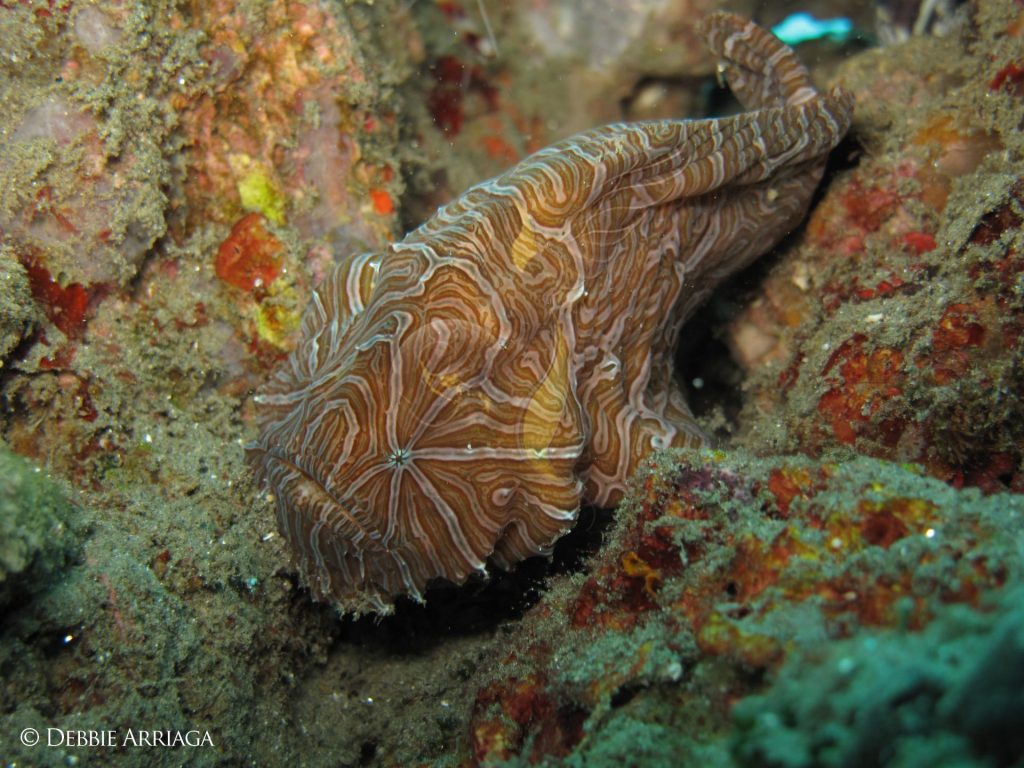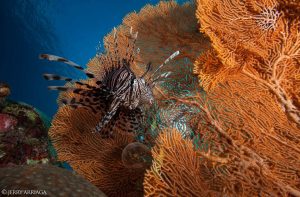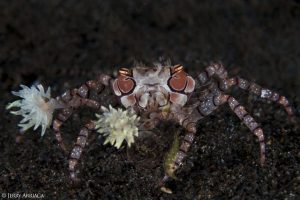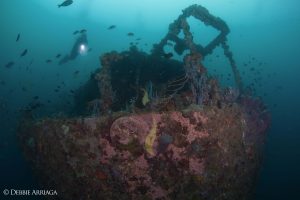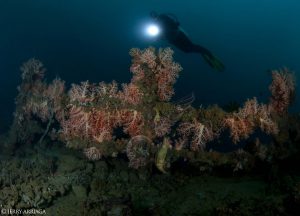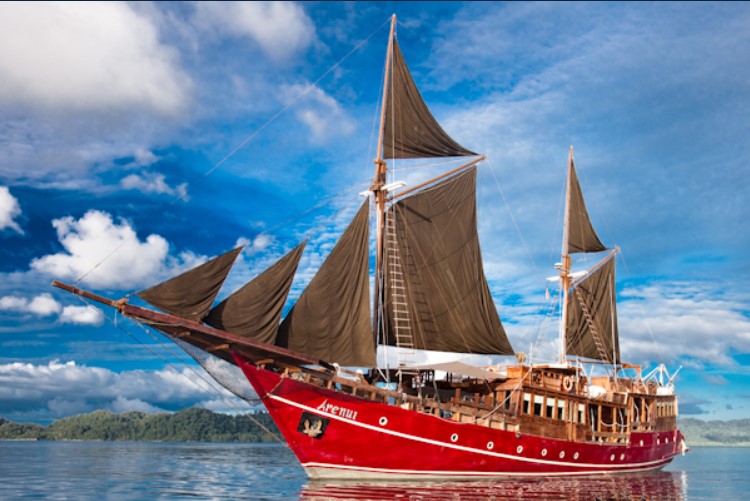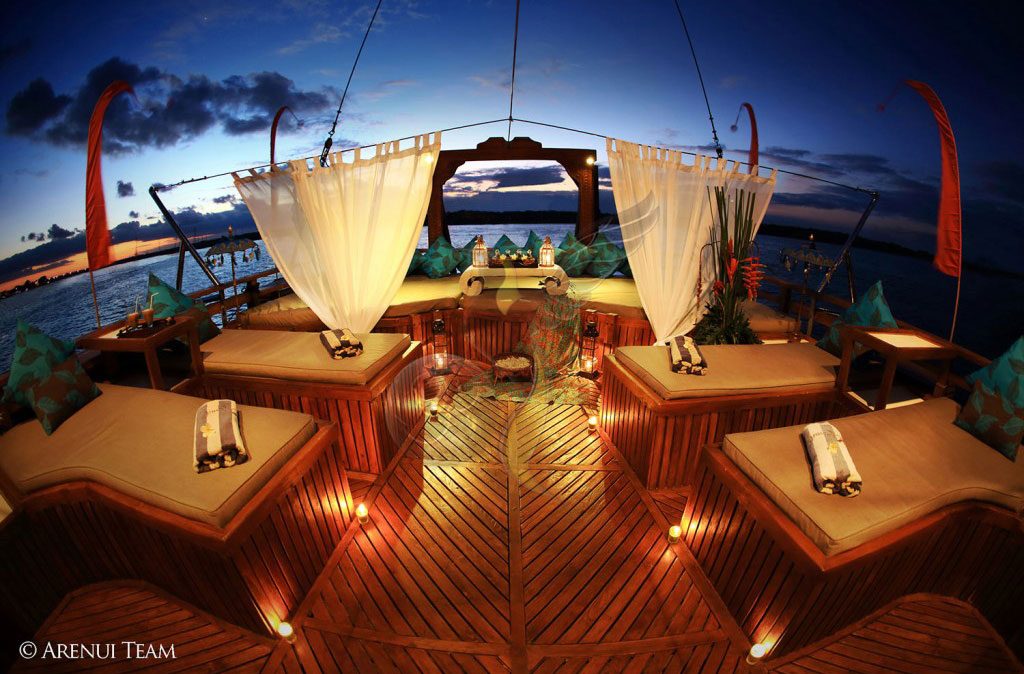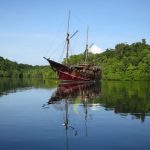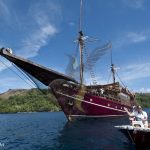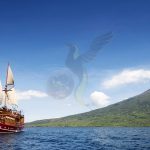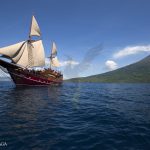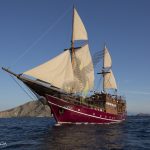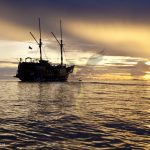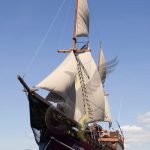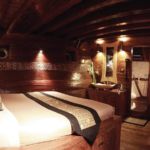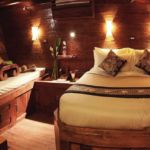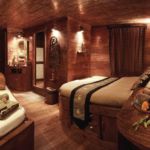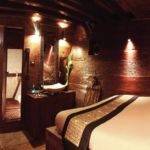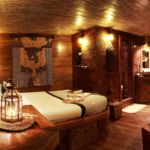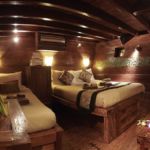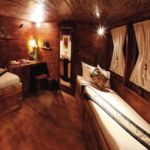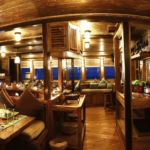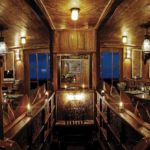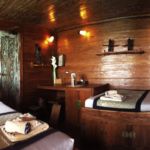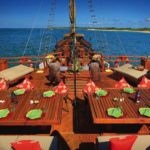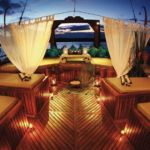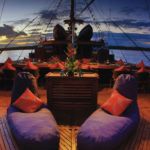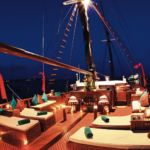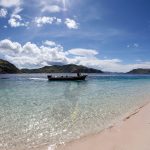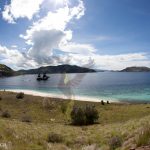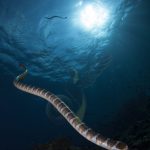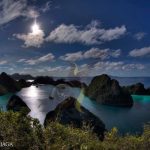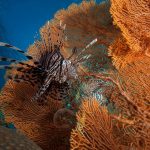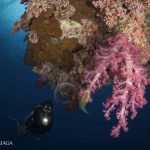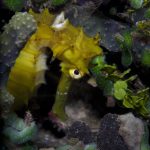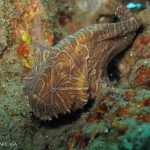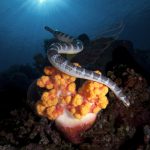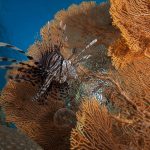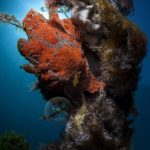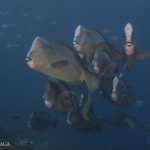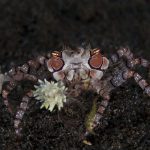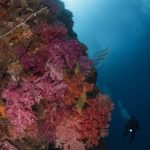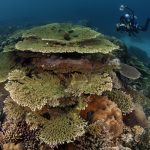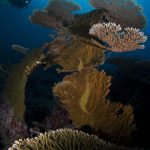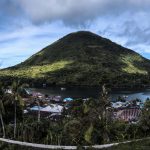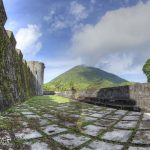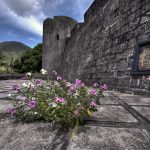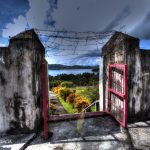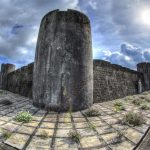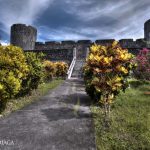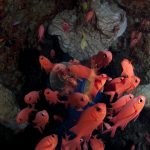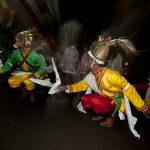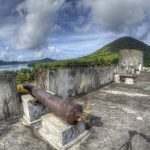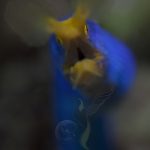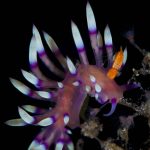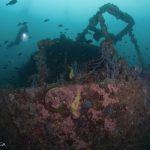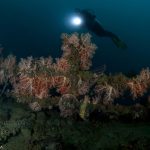Arenui
Arenui
The Arenui liveaboard diving boat is a traditional and magnificent Phinisi, wooden designed sailing vessel with the purpose of helping the visitors to explore the magnificent Indonesian Archipelago. On Arenui, you can explore the world’s number one site offering diverse marine life, including Raja Ampat, Alor Maluku, Komodo, and beyond! The Arenui liveaboard diving ship offers professional massage and spa treatment to our divers.
Arenui liveaboard dive boat provides a culture and style as you sail through the beautiful Colar Island. The boat is here to provide you with convenience equipped dive liveaboard, combined with artistic touches and a 5-star luxury hotel. Unlike land resorts, Arenui liveaboard dive resort drops you directly at the Indonesian dive site.
The Arenui has been designed to host a maximum of 16 passengers in 8 exceptionally spacious cabins (starting from 19 squared meters), which is perfect for individuals, couples or consider booking the whole boat as a yacht for charter with a group of friends.
All cabins on Arenui have been luxuriously furnished in a sophisticated and tasteful manner. The cabins’ individual themes and styles were inspired by handicrafts from each of the Indonesian provinces.
Each cabin has a private en-suite bathroom and individual air conditioning. A king-size bed or roomy singles and a distinct lounge area guarantee maximum comfort and ensure that our guests never feel crowded.
The Arenui can be your private sanctuary and second home, but one located amidst a constantly changing tropical landscape!
While diving around the Komodo National park, we enjoy excellent muck diving, but also outstanding pelagic action. We offer 7 to 13 night cruises, exploring all the popular dive spots such as Gili Lawa Laut, where we dive at Crystal Rock and Castle Rock (great opportunity to try out a ‘reef-hook’ dive, as you secure yourself to the rock and float in the current, watching the schooling fish and predator/prey action). Plus, we visit a dive site in the shadow of an active volcano to feel the bubbling hot springs, and take a stroll on land with Komodo’s giant lizard population. To sum up, these cruises are all about diversity, with exhilarating drift diving, interesting muck diving, encounters with pelagics (mantas, sharks, whale sharks, sunfish), macro attractions (pygmy seahorses, blue-ringed octopus, frogfish, ghost pipefish), shallow reefs, walls, pinnacles, seamounts, and pristine hard/soft corals.
The Raja Ampat season offers various 11 to 13 night cruises, taking in the major dive sites such as Manta Sandy (great for watching and interacting with mantas as they visit the cleaning station), Boo Windows (try out your photo skills at the ‘window’ as your dive-buddy swims through an opening in the submerged rock past a reef draped in soft corals and brimming with fish), Neptune’s Fan Sea (rush along a gulley in the current, past giant colorful gorgonian sea fans) and Arborek Jetty (famous for pipefish, cuttlefish, octopus, and giant clams, plus the newly discovered Pontohi pygmy seahorse). This area is known for its vibrant underwater colors but also its majestic landscapes, making it a perfect destination for keen photographers. The only problem with diving here is that you’ll be so spoiled by the near-perfect conditions that you may never want to leave.
